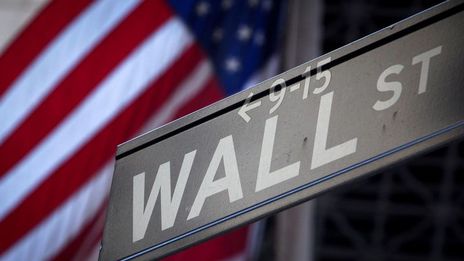Investors should be more U.S. focused
ANCHOR QUESTION OFF-CAMERA (ENGLISH) SAYING:
What is rattling Wall Street and why did the Fed's comments not comfort investors?
HILARY KRAMER, PRESIDENT/CHIEF INVESTMENT OFFICER, A&G CAPITAL (ENGLISH) SAYING:
It was very clear, Rhonda, that what the Fed was trying to do was just ride this out and wait until the next Fed meeting, which is March 18 and 19, and make sure that the markets stayed as stable as possible. If the Fed in any way had hinted that they would stop this tapering program, it could have ruined the markets. There's a lot of margin out there. There's quite a bit of excess. Many big funds have gone long and have borrowed to be invested, to catch up with what was a spectacular 2013. So if the markets started to retrace quickly, the impact would be much more than this 6% correction that we're expecting. So what the Fed wanted to do was say very little. And what we didn't like is what the Fed didn't say. Why didn't the Fed talk about the weather and the impact on the economy? Why did the Fed avoid talking about emerging markets? Turkey, any potential bank failures in China. The Fed also avoided getting into any details about bad data reports.
ANCHOR QUESTION OFF-CAMERA (ENGLISH) SAYING:
So since Ben is not here, I'll ask you, why didn't they say anything? If they didn't want to rattle the markets, they had the opposite effect?
HILARY KRAMER, PRESIDENT/CHIEF INVESTMENT OFFICER, A&G CAPITAL (ENGLISH) SAYING:
Well, because what we realized is that there was a lot left unsaid. And the market doesn't like the unknown, the mysterious. We need a form on this. We need firmness to come from the Fed. And what the Fed was doing was tiptoeing around the topics. And what it told us is that they could at any time stop tapering even though the Fed announcement did say we're going from buying $75 billion a month of mortgage-backed securities and Treasuries to $65 billion a month, we all know that at any point in time they could very quickly put their finger on the button and stop this whole process. And that would signal that we are going backwards and that we're going into some kind of economic tailspin. And if that happens, it's very dangerous for the market. No one wants to see the market go down at this point.


 By
By 


















